4-tert-Amylphenol
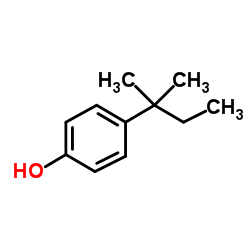
4-tert-Amylphenol structure
|
Common Name | 4-tert-Amylphenol | ||
|---|---|---|---|---|
| CAS Number | 80-46-6 | Molecular Weight | 164.244 | |
| Density | 1.0±0.1 g/cm3 | Boiling Point | 262.5±0.0 °C at 760 mmHg | |
| Molecular Formula | C11H16O | Melting Point | 88-89 °C(lit.) | |
| MSDS | Chinese USA | Flash Point | 122.4±8.2 °C | |
| Symbol |



GHS05, GHS07, GHS09 |
Signal Word | Danger | |
| Name | 4-tert-Amylphenol |
|---|---|
| Synonym | More Synonyms |
| Density | 1.0±0.1 g/cm3 |
|---|---|
| Boiling Point | 262.5±0.0 °C at 760 mmHg |
| Melting Point | 88-89 °C(lit.) |
| Molecular Formula | C11H16O |
| Molecular Weight | 164.244 |
| Flash Point | 122.4±8.2 °C |
| Exact Mass | 164.120117 |
| PSA | 20.23000 |
| LogP | 3.70 |
| Vapour Pressure | 0.0±0.5 mmHg at 25°C |
| Index of Refraction | 1.510 |
| Stability | Stable. Incompatible with acid chlorides, acid anhydrides, strong oxidizing agents. |
| Water Solubility | 37 mg/L (20 ºC) |
CHEMICAL IDENTIFICATION
HEALTH HAZARD DATAACUTE TOXICITY DATA
|
| Symbol |



GHS05, GHS07, GHS09 |
|---|---|
| Signal Word | Danger |
| Hazard Statements | H302 + H312-H314-H317-H410 |
| Precautionary Statements | P273-P280-P303 + P361 + P353-P304 + P340 + P310-P305 + P351 + P338-P501 |
| Personal Protective Equipment | Eyeshields;Faceshields;full-face particle respirator type N100 (US);Gloves;respirator cartridge type N100 (US);type P1 (EN143) respirator filter;type P3 (EN 143) respirator cartridges |
| Hazard Codes | C:Corrosive;N:Dangerousfortheenvironment; |
| Risk Phrases | R21/22;R34;R51/53 |
| Safety Phrases | S26-S27-S36/37/39-S45-S61 |
| RIDADR | UN 2430 8/PG 2 |
| WGK Germany | 2 |
| RTECS | SM6825000 |
| Packaging Group | III |
| Hazard Class | 8 |
| HS Code | 2907199090 |
| Precursor 9 | |
|---|---|
| DownStream 10 | |
| HS Code | 2907199090 |
|---|---|
| Summary | 2907199090 other monophenols VAT:17.0% Tax rebate rate:9.0% Supervision conditions:none MFN tariff:5.5% General tariff:30.0% |
|
Convenient QSAR model for predicting the complexation of structurally diverse compounds with β-cyclodextrins
Bioorg. Med. Chem. 17 , 896-904, (2009) This paper reports a QSAR study for predicting the complexation of a large and heterogeneous variety of substances (233 organic compounds) with beta-cyclodextrins (beta-CDs). Several different theoret... |
|
|
Screening estrogenic activities of chemicals or mixtures in vivo using transgenic (cyp19a1b-GFP) zebrafish embryos.
PLoS ONE 7 , e36069, (2012) The tg(cyp19a1b-GFP) transgenic zebrafish expresses GFP (green fluorescent protein) under the control of the cyp19a1b gene, encoding brain aromatase. This gene has two major characteristics: (i) it is... |
|
|
Impact of induced fit on ligand binding to the androgen receptor: a multidimensional QSAR study to predict endocrine-disrupting effects of environmental chemicals.
J. Med. Chem. 48 , 5666-74, (2005) We investigated the influence of induced fit of the androgen receptor binding pocket on free energies of ligand binding. On the basis of a novel alignment procedure using flexible docking, molecular d... |
| Phenol, 4-(1,1-dimethylpropyl)- |
| 4-(2-Methyl-2-butanyl)phenol |
| 4-tert-Amylphenol |
| EINECS 201-280-9 |
| 4-(1,1-Dimethylpropyl)phenol |
| 4-tert-Pentylphenol |
| QR DX2&1&1 |
| p-(1,1-Dimethylpropyl)phenol |
| MFCD00002369 |
| p-(tert-Amyl)phenol |
| p-(α,α-Dimethylpropyl)phenol |
| 4-(2-Methylbutan-2-yl)phenol |
 CAS#:513-35-9
CAS#:513-35-9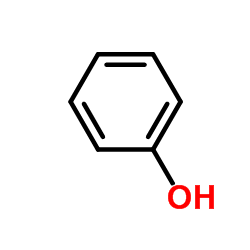 CAS#:108-95-2
CAS#:108-95-2 CAS#:75-85-4
CAS#:75-85-4 CAS#:115-11-7
CAS#:115-11-7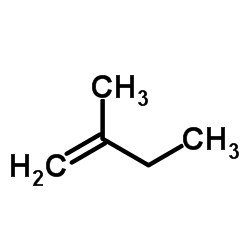 CAS#:563-46-2
CAS#:563-46-2 CAS#:86840-38-2
CAS#:86840-38-2 CAS#:594-36-5
CAS#:594-36-5 CAS#:100-67-4
CAS#:100-67-4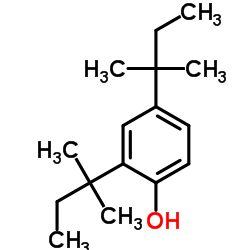 CAS#:120-95-6
CAS#:120-95-6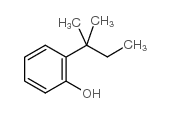 CAS#:3279-27-4
CAS#:3279-27-4 CAS#:595-37-9
CAS#:595-37-9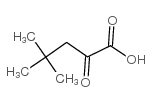 CAS#:34906-87-1
CAS#:34906-87-1 CAS#:20698-30-0
CAS#:20698-30-0 CAS#:20698-29-7
CAS#:20698-29-7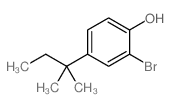 CAS#:18966-64-8
CAS#:18966-64-8 CAS#:2050-03-5
CAS#:2050-03-5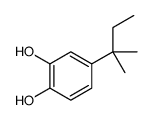 CAS#:2525-07-7
CAS#:2525-07-7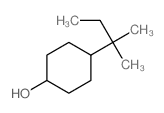 CAS#:5349-51-9
CAS#:5349-51-9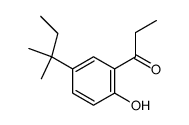 CAS#:859059-71-5
CAS#:859059-71-5
